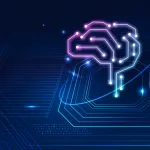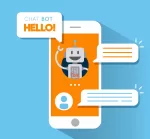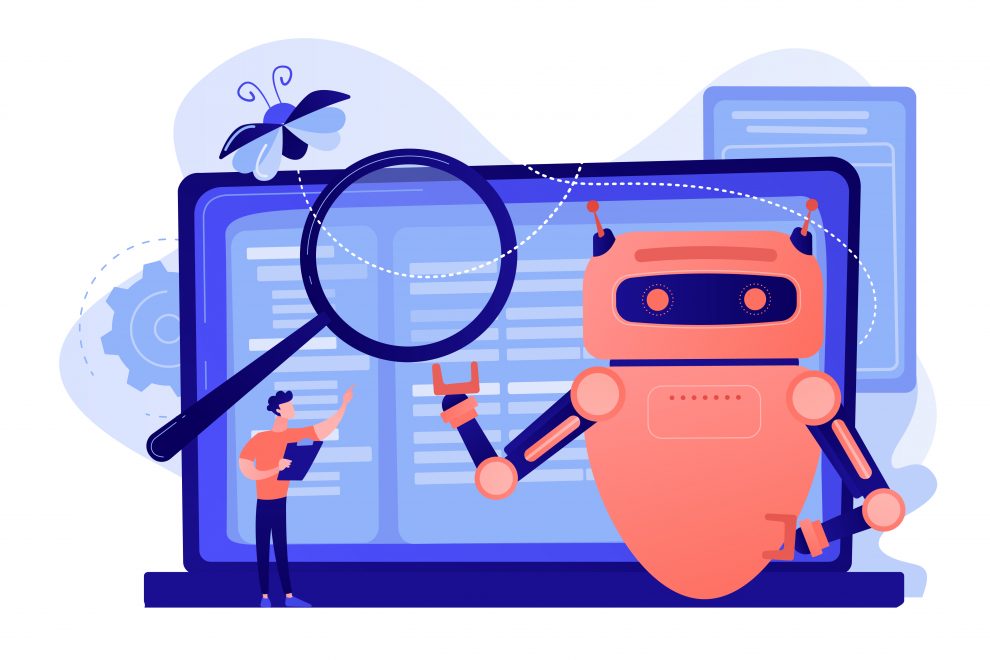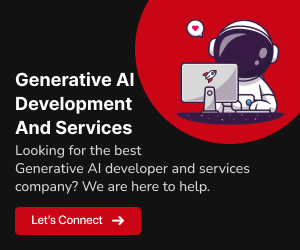In the ever-evolving landscape of software development, two critical challenges continually loom large: identifying and mitigating bugs and streamlining the code generation process. These tasks have traditionally been labor-intensive and time-consuming, often requiring extensive human intervention. However, the emergence of Generative Artificial Intelligence (AI) is poised to revolutionize this paradigm. Welcome to the world of automated bug detection and code generation with Generative AI, where efficiency meets precision, and innovation knows no bounds.
The Dance of Bugs: A Perennial Challenge
Bugs, those pesky coding errors that can wreak havoc in software applications, have been the bane of developers since the inception of computer programming. From syntax errors to logic flaws, bugs manifest in myriad forms, leading to software crashes, security vulnerabilities, and user frustration. Detecting and fixing bugs is a painstaking process that demands meticulous attention to detail.
Enter Generative AI, a game-changer in the realm of bug detection. By leveraging machine learning algorithms and massive datasets, Generative AI can swiftly identify anomalies and inconsistencies in code, even in complex and extensive software projects. Here’s how:
Pattern Recognition
Complex Pattern Detection:
Generative AI can identify complex patterns that may be difficult for human developers to spot, such as subtle variations in coding styles or irregular data flows.Real-time Pattern Monitoring:
It can continuously monitor code for pattern changes and immediately flag any deviations, enabling rapid response to emerging issues.Natural Language Pattern Recognition:
Some Generative AI models can also recognize patterns in natural language comments and documentation, helping identify discrepancies between code and its accompanying documentation.
Predictive Analysis
Anomaly Detection:
Generative AI can detect anomalies in code behavior, not just based on historical data but also in real-time, by comparing the current code execution to expected patterns.Bug Severity Prediction:
It can assign severity scores to predicted bugs, helping prioritize bug-fixing efforts based on potential impact.Integration with Bug Tracking Systems:
Generative AI can integrate with bug tracking systems to automatically create bug reports when potential issues are detected.
Automated Testing
Dynamic Test Case Generation:
Generative AI can generate test cases dynamically as the code evolves, ensuring that the test suite remains up-to-date and relevant.Exploratory Testing:
It can perform exploratory testing by autonomously navigating the software’s user interface to discover and test less-obvious functionality.Regression Testing:
Generative AI can automatically execute regression tests to ensure that new code changes do not introduce previously fixed bugs.
Code Refactoring
Performance Optimization Suggestions:
In addition to bug fixes, Generative AI can suggest performance optimizations, such as replacing inefficient algorithms or reducing resource consumption.Coding Style Consistency:
It can enforce coding style consistency across a codebase by suggesting style improvements and automatically formatting code.Integration with Version Control:
GGenerative AI can work seamlessly with version control systems, helping automate code refactoring tasks during code reviews and commits.
Effortless Code Generation: The Generative AI Advantage
Efficient code generation has long been a goal in software development. The ability to automate the creation of code can significantly accelerate development timelines and reduce the margin for human error. Generative AI is at the forefront of this endeavor, offering several compelling advantages:
Accelerated Development:
In the realm of accelerated development, Generative AI emerges as a catalyst for innovation. Rapid prototyping becomes a reality as this technology swiftly generates foundational code for new features or applications. This agility translates into faster experimentation and idea validation, enabling developers to iterate and refine concepts with unprecedented speed. Moreover, developers can harness the power of code templates, tailoring them to common tasks. This empowerment allows for the effortless generation of code for routine functionalities, minimizing repetitive work and expediting project progress. In addition, Generative AI fosters parallel development, enabling multiple team members to leverage AI-generated code simultaneously. This collaborative approach significantly reduces development time, facilitating efficient project advancement.Consistency:
The consistency maintained by Generative AI is a cornerstone of its advantage. By enforcing coding standards and best practices rigorously across the codebase, it mitigates the risk of code reviews evolving into bottlenecks. Moreover, the automation of code generation reduces human error to a minimum. Syntax mistakes, violations of coding guidelines, and other common pitfalls are greatly diminished, ensuring code quality remains consistently high.Integration-Friendly:
The integration-friendliness of AI-generated code is another asset. Designed to seamlessly mesh with commonly used APIs and libraries, it guarantees effortless integration with external tools and services. Moreover, Generative AI harmoniously integrates with version control systems. This ensures that code changes are efficiently tracked, simplifying collaboration among team members and supporting organized project management.Customization:
Customization capabilities further empower developers. Generative AI allows for parameterization, enabling code adaptability to diverse scenarios. This flexibility fosters code reuse with slight variations, striking a balance between automation and customization. Developers can also apply algorithmic tweaks to code generated by AI, aligning it precisely with specific project requirements. This fine-tuning ability ensures that automated code aligns seamlessly with the project’s unique needs. Additionally, Generative AI can be trained in domain-specific knowledge, enabling it to generate code tailored to the distinct requirements of particular industries or applications.Quality Assurance:
Quality assurance is integral to the Generative AI advantage. AI-generated code can be equipped with additional comments and documentation, enhancing code accessibility for reviews and bolstering overall code quality. Furthermore, Generative AI integrates seamlessly with automated testing tools, generating test cases for the code it produces. This comprehensive approach ensures that the generated code functions correctly and reliably, supporting robust and error-free software.Scalability:
Scalability is a defining feature of Generative AI. It seamlessly supports large-scale code generation for complex software projects, alleviating the burden on development teams. Moreover, it aids in the maintenance and updating of extensive codebases by generating code patches for bug fixes or enhancements. This streamlines the software maintenance process, ensuring the longevity and resilience of software applications.
For a deeper dive into the world of automated code generation and its transformative potential, we highly recommend reading Geekyants insightful blog.
Challenges and Considerations
While the promise of automated bug detection and code generation with Generative AI is enticing, it’s not without its challenges:
Data Quality:
The effectiveness of Generative AI relies heavily on the quality and quantity of the training data it receives. Clean, comprehensive datasets are fundamental to accurate bug detection and code generation. Challenges in this domain include the need for diverse data that represents various coding styles, languages, and project types. Additionally, maintaining the data’s relevance over time is crucial, as coding practices evolve. Ensuring data privacy and compliance with regulations, especially when using real-world code samples, presents further complexities.Ethical Coding:
As AI-generated code becomes more prevalent, ensuring that it aligns with ethical and security standards becomes paramount. Vigilance is essential to prevent vulnerabilities or malicious code from being inadvertently generated. Developers must consider ethical implications, such as bias in AI algorithms, when using Generative AI. They should also implement mechanisms to validate and assess the security of AI-generated code to safeguard against potential threats and breaches. Striking the right balance between automation and ethical considerations is an ongoing challenge.Human Oversight:
Despite the automation capabilities of Generative AI, human oversight remains indispensable. Developers must actively review and validate AI-generated code to guarantee its suitability for the project. This involves not only ensuring that the code functions as intended but also assessing its alignment with project requirements and coding standards. Human oversight is crucial for maintaining the quality and integrity of the software. It also serves as a check against potential biases or unintended consequences that may arise from AI-generated code.Interoperability:
Generative AI tools need to seamlessly integrate with existing development environments, tools, and workflows. Ensuring that AI-generated code can easily fit into the project’s existing codebase and toolchain is a challenge. This involves compatibility with version control systems, build processes, and testing frameworks. Failure to address interoperability challenges can lead to disruptions in the development workflow and hinder the adoption of Generative AI solutions.Scalability:
For larger projects and organizations, scaling the use of Generative AI across multiple teams and projects can be a logistical challenge. Proper coordination, resource allocation, and training are necessary to ensure that the benefits of AI in bug detection and code generation are realized across the entire organization. This includes considerations for managing the computational resources required for large-scale AI training and deployment.Regulatory Compliance:
In industries with stringent regulatory requirements, such as healthcare or finance, using Generative AI for code generation may raise compliance concerns. Developers must navigate regulatory frameworks that govern software quality and data handling. This includes ensuring that AI-generated code complies with industry-specific regulations and standards, which can be a complex and evolving task. Addressing these challenges and considerations is vital for the successful integration of Generative AI in bug detection and code generation. While the technology holds great promise, it must be used responsibly and with a clear understanding of its limitations and potential ethical implications.
The Future Unfolds: Practical Applications
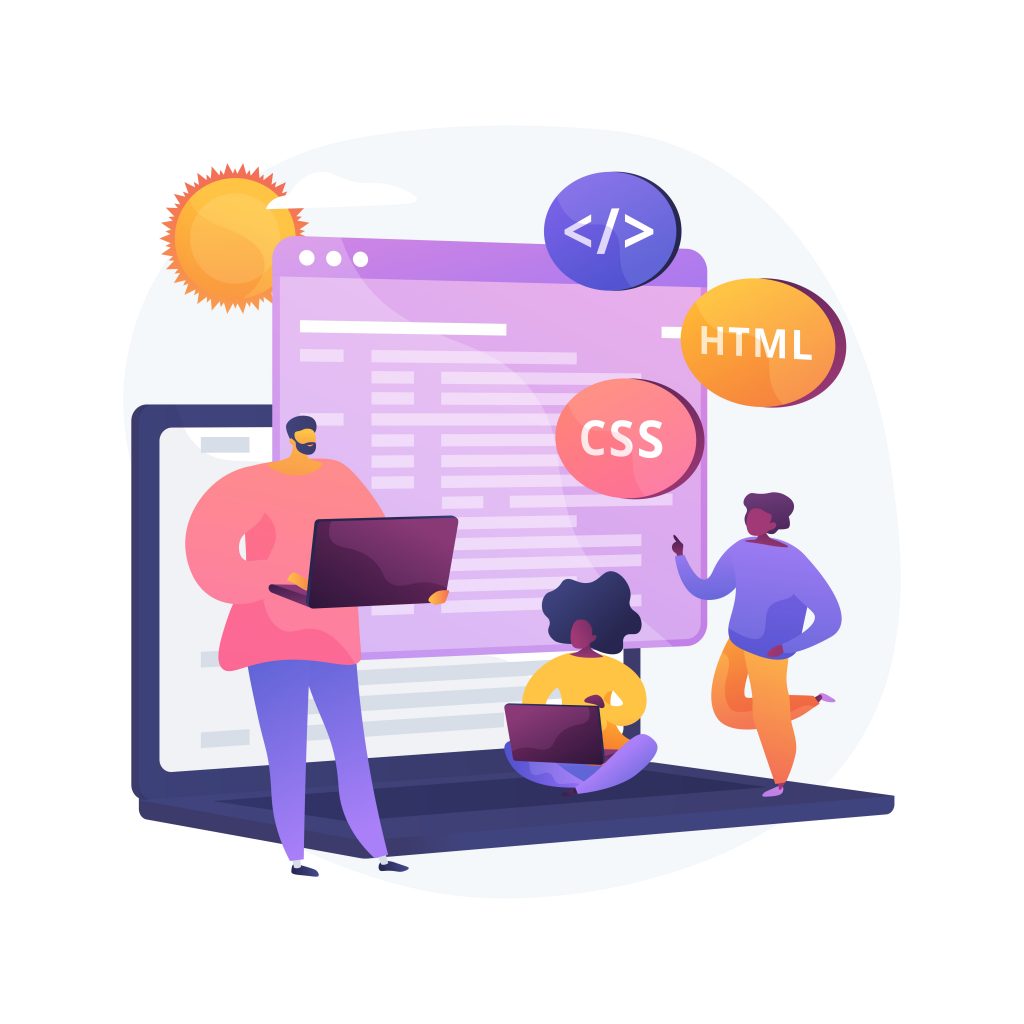
The impact of automated bug detection and code generation with Generative AI extends across diverse sectors:
Software Development Companies:
Software development companies, both large and small, stand to gain substantial benefits from Generative AI. With the potential for increased efficiency, these firms can streamline their development processes, allowing them to deliver products and services to the market more swiftly. By reducing development cycles, they can stay ahead in a competitive landscape where time-to-market is crucial. Additionally, the enhancement of code quality through AI-assisted code review and generation contributes to the creation of more robust and reliable software, ultimately improving customer satisfaction and reducing post-release support efforts.Open-Source Communities:
Open-source projects thrive on collaboration, and Generative AI can play a vital role in supporting these communities. By automating code contributions, AI can help maintain and expand open-source codebases more efficiently. This can attract more developers to participate in projects, fostering innovation and accelerating development. Furthermore, AI’s capability to enhance codebase integrity by detecting and fixing bugs and vulnerabilities contributes to the reliability and security of open-source software, bolstering its adoption in a broader range of applications.Startups:
Startups, often constrained by limited resources and time pressures, can significantly benefit from Generative AI. Small teams can leverage AI tools to accelerate their development processes, allowing them to bring their products to market more quickly and compete effectively with established players. The efficiency gained from automating routine coding tasks enables startup developers to focus on core functionalities and unique features that set their products apart. This can be a game-changer in the early stages of a company’s growth.Legacy Code Maintenance:
Legacy codebases present unique challenges, but Generative AI can make the process of maintaining and modernizing them more manageable. AI-assisted bug detection can help identify and address long-standing issues that have accumulated over time, improving the stability of older systems. Additionally, AI-powered code generation can be used to create patches and updates for legacy code, extending the lifespan of these critical systems and reducing the risk of compatibility issues as technology evolves.Security:
In the ever-evolving landscape of cybersecurity, AI plays a pivotal role in fortifying defenses. Generative AI excels at identifying security vulnerabilities in code, including both known and novel threats. It can analyze vast codebases to pinpoint weak points, helping security teams proactively address potential risks. AI also suggests fixes and improvements, enhancing the overall cybersecurity posture of software systems. This proactive approach is essential in safeguarding sensitive data and ensuring the resilience of software against emerging threats.
Advancements in AI-Powered Code Analysis and Generation Tools in 2022-2023
- In 2022, Google AI released a new tool called Adrenaline that can automatically detect bugs in code. Adrenaline uses a combination of machine learning and program analysis to identify potential bugs. It has been shown to be effective in detecting a variety of bugs, including memory leaks, null pointer dereferences, and race conditions.
- In 2023, GitHub announced a new feature called CodeQL that uses generative AI to find security vulnerabilities in code. CodeQL is a language-agnostic security analysis engine that can be used to analyze code written in any programming language. It has been shown to be effective in finding a variety of security vulnerabilities, including SQL injection, cross-site scripting, and command injection.
- Several companies are also developing generative AI tools for code generation. For example, DeepCode can generate code from natural language descriptions, and Hugging Face has a library of pre-trained generative AI models that can be used to generate code in a variety of programming languages.
For an in-depth exploration of how Generative AI is revolutionizing UI/UX and product design, I highly recommend checking out the insightful blog ‘Unlocking Business Potential: Harnessing Generative AI for US Startups’.
Conclusion: Bridging the Gap with Generative AI
As software development continues to evolve, so too must the tools and methods at our disposal. Generative AI offers a transformative solution to the persistent challenges of bug detection and code generation. It empowers developers to work more efficiently, enhance code quality, and explore new frontiers in software innovation.
The journey has just begun, and the possibilities are boundless. The union of human ingenuity and AI-driven automation promises a future where software development is faster, more reliable, and more creative than ever before. In this exciting era of technology, we invite you to embrace the potential of automated bug detection and code generation with Generative AI—a journey that will redefine the boundaries of what’s possible in software development.








